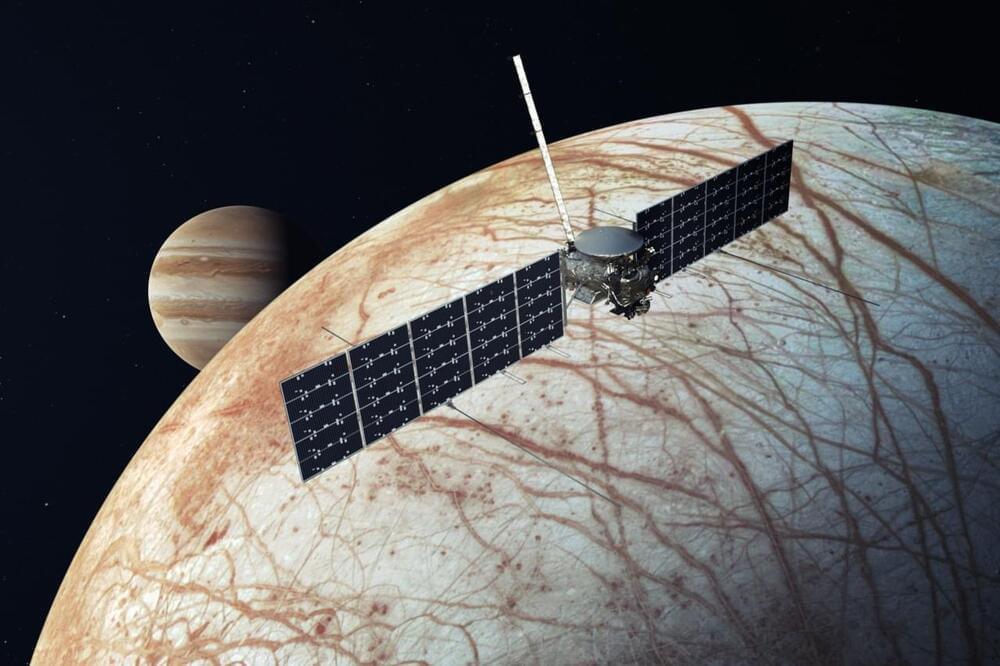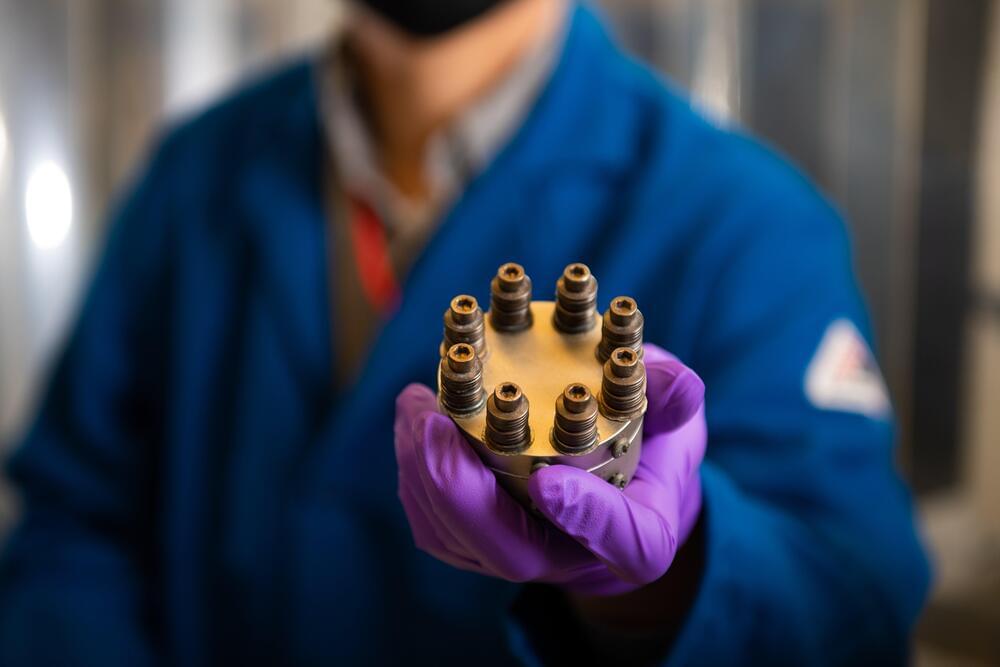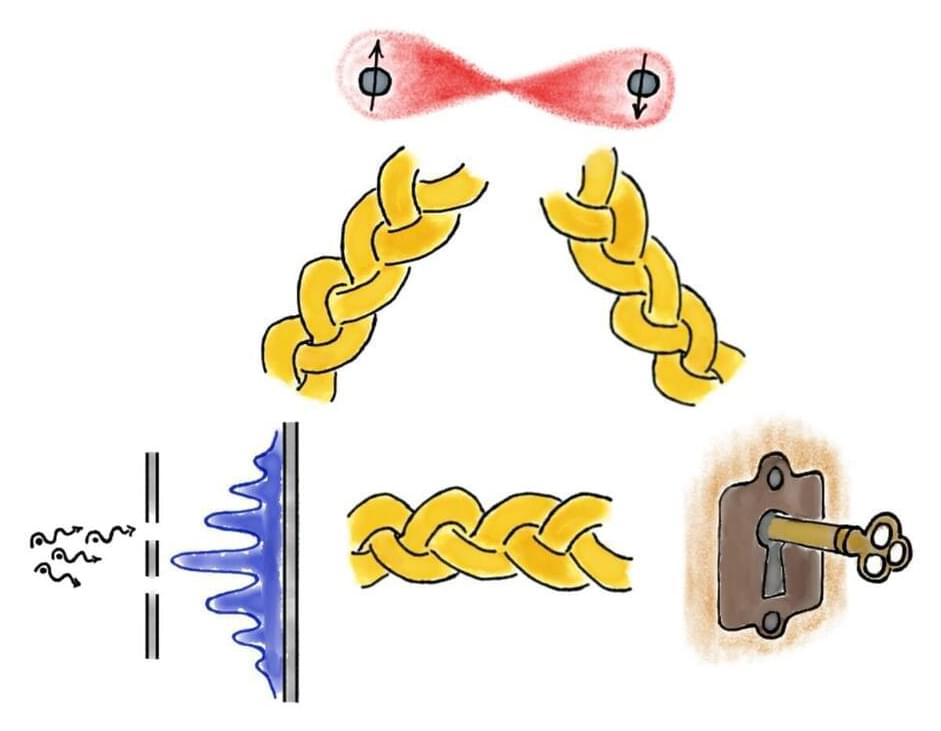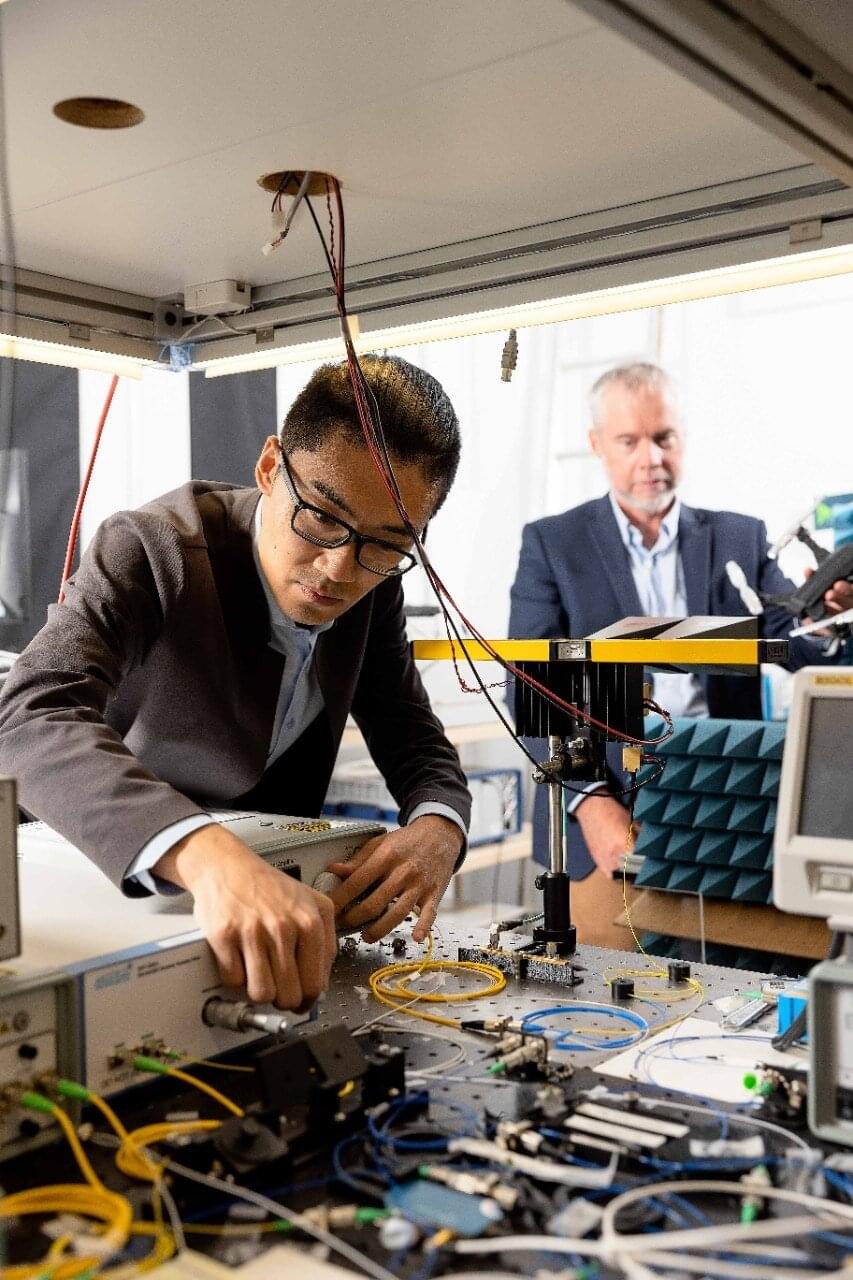A recent study of Jupiter’s moon, Europa, showed that radiolytic oxidants made at the surface of its ice can travel to the ocean beneath its ice shell, according to a team of researchers led by the University of Texas at Austin. This means that the icy moon could be suitable for alien life.
Meanwhile, the agency’s supersonic X-59 QueSST has completed wind-tunnel and stress tests.
Tesla has released its 2021 Impact Report, and it revealed that the company is making huge strides in its efforts to help accelerate the world’s shift to sustainable energy.
From the people it employs to its supply chain and products, Tesla is transforming itself into an entity that is cleaner, more efficient, and more responsible than ever before.
Tesla’s website focused on four notable portions of its 2021 Impact Report, namely the company’s people, environment, supply chain, and products. In each of these topics, Tesla highlighted the steps it took to better itself while setting a standard for the automotive industry as a whole.
Creating a battery that can withstand repeated cycles of heating and cooling is no small feat. Temperature fluctuations cause the battery to expand and contract, and the researchers had to identify resilient materials that could tolerate these changes. “What we’ve seen before is a lot of active research to make sure you do not have to go through that thermal cycle,” says Vince Sprenkle, a strategic advisor in energy storage at PNNL and a co-author of the new paper. “We’re saying, ‘We want to go through it, and we want to be able to survive and use that as a key feature.’”
The result is a rechargeable battery made from relatively inexpensive materials that can store energy for extended periods. “It’s a great example of a promising long-duration energy-storage technology,” says Aurora Edington, policy director of the electricity industry association GridWise Alliance, who was not involved with this research. “I think we need to support those efforts and see how far we can take them to commercialization.”
The technology could be particularly useful in a place such as Alaska, where near-constant summer sunlight coincides with relatively low rates of energy use. A battery that can store energy for months could allow abundant summer solar power to fulfill winter electricity needs. “What is so attractive about the freeze-thaw battery is that seasonal shifting capability,” says Rob Roys, chief innovation officer at Launch Alaska, a nonprofit organization that works to accelerate the deployment of climate technologies in the state. Roys hopes to pilot the PNNL battery in a remote part of his state.
EVs are pretty widely accepted as the newer, greener path of the automobile. Sometimes, they’re pitched as a solution to climate change that we can all buy at a dealership. But some haven’t given up on conventional motors yet. Porsche is perhaps the best example. The brand has been exploring synthetic, carbon-neutral fuels for a while now, and being able to run our Porsche 911 on green fuel sounds like a win-win to us.
But it appears that another company might have figured out how to do it better. The firm claims that it can produce a carbon-neutral fuel that’ll also clean the air around us. It sounds like a magic cure-all for personal vehicle emissions, but the technology is solid.
The physics of the microrealm involves two famous and bizarre concepts: The first is that prior to observation, it is impossible to know with certainty the outcome of a measurement on a particle; rather the particle exists in a “superposition” encompassing multiple mutually exclusive states. So a particle can be in two or more places at the same time, and you can only calculate the probability of finding it in a certain location when you look. The second involves “entanglement,” the spooky link that can unite two objects, no matter how far they are separated. Both superposition and entanglement are described mathematically by quantum theory. But many physicists believe that the ultimate theory of reality may lie beyond quantum theory. Now, a team of physicists and mathematicians has discovered a new connection between these two weird properties that does not assume that quantum theory is correct. Their study appears in Physical Review Letters.
“We were really excited to find this new connection that goes beyond quantum theory because the connection will be valid even for more exotic theories that are yet to be discovered,” says Ludovico Lami, a member of the physics think-tank, the Foundational Questions Institute, FQXi, and a physicist at the University of Ulm, in Germany. “This is also important because it is independent of the mathematical formalism of quantum theory and uses only notions with an immediate operational interpretation,” he adds. Lami co-authored the study with Guillaume Aubrun of Claude Bernard University Lyon 1, in France, Carlos Palazuelos, of the Complutense University of Madrid, in Spain, and Martin Plávala, of Siegen University, in Germany.
While quantum theory has proven to be supremely successful since its development a century ago, physicists have struggled to unify it with gravity to create one overarching “theory of everything.” This suggests that quantum theory may not be the final word on describing reality, inspiring physicists to hunt for a more fundamental framework. But any such ultimate theory must still incorporate superposition, entanglement, and the probabilistic nature of reality, since these features have been confirmed time and again in lab tests. The interpretation of these experiments does not depend on quantum theory being correct, notes Lami.
David Mayman, CEO of JetPack Aviation, sells his new flying motorcycle to global militaries and billionaires. He’s also terrified of heights.
On gravitational preheating
Posted in cosmology, particle physics
We consider dark matter production during the inflaton oscillation epoch. It is conceivable that renormalizable interactions between dark matter and inflaton may be negligible. In this case, the leading role is played by higher dimensional operators generated by gravity and thus suppressed by the Planck scale. We focus on dim-6 operators and study the corresponding particle production in perturbative and non-perturbative regimes. We find that the dark matter production rate is dominated by non-derivative operators involving higher powers of the inflaton field. Even if they appear with small Wilson coefficients, such operators can readily account for the correct dark matter abundance.
University of Sydney scientists have achieved a technology breakthrough with potentially life-saving applications—all using an improved version of radar.
Traditionally, radar is associated with airport control towers or military fighter jets, but a new, highly sensitive radar developed at the University of Sydney takes this technology into the human range.
Called advanced photonic radar, the ultra-high-resolution device is so sensitive it can detect an object’s location, speed, and/or angle in millimeters as opposed to meters. This could enable usage in hospitals to monitor people’s vital signs such as breathing and heart rate.
Abstract: Spin-two particles appear in the spectra of both open and closed string theories. We studied a graviton and massive symmetric rank-two tensor in string theory, both of which carry spin two. A graviton is a massless spin-two particle in closed string theory while a symmetric rank-two tensor is a massive particle with spin two in open string theory. Using Polyakov’s string path integral formulation of string scattering amplitudes, we calculated cubic interactions of both spin-two particles explicitly, including $\ap$-corrections (string corrections). We observed that the cubic interactions of the massive spin-two particle differed from those of the graviton. The massive symmetric rank-two tensor in open string theory becomes massless in the high energy limit where $\ap \rightarrow \infty$ and $\ap$-correction terms, containing higher derivatives, dominate: In this limit the local cubic action of the symmetric rank-two tensor of open string theory coincides with that of the graviton in closed string theory.
From: Taejin Lee [view email].









